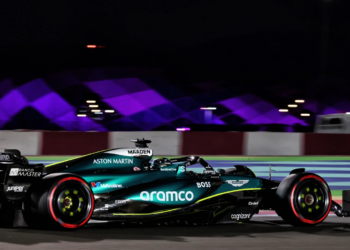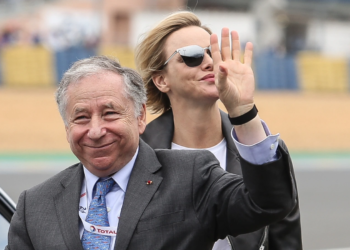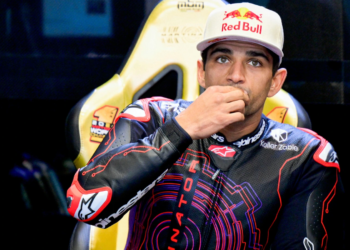Dale Coyne Racing's Sebastien Bourdais had doubts during the Honda Indy Grand Prix of Alabama as to he could make the two-stop strategy work.
The Frenchman was able to make the strategy work in his favour, help came in the final third of the race where a caution period allowed him to preserve fuel and tyres ahead of a final 25 lap sprint which saw the four-time series champion claim the final spot on the podium.
Bourdais qualified fifth, the best start position of the season so far and ran long into the race on the softer red-marked Firestone tyres, eventually making his first stop on lap 26, but feared as his rivals stopped around him on an aggressive three-stop strategy, his own race plan may not work.
"I knew all along that was the game plan. But by lap 15, 16, I was like, guys, I am not so sure I can hang on to that car for another 10 laps," said Bourdais.
"We thought we were a bit better than — we'd be a lot better than we were, and I mean, it's all relative, obviously, if nobody really stuck to it or just maybe Will or — I have no idea really who stayed with it or maybe two or three others.
"It was really tricky, and for us to start with the Firestone red used tires already might have been a little bit over-optimistic. But it worked out. It worked out."
Despite having his own reservations on the race strategy, Bourdais made it clear his Sealmaster Honda team was confident he could make it work, with tyres being his primary concern due to the track temperature.
"Hats off to the boys and the SealMaster Honda crew," he added. "They obviously had maybe more faith than I had myself to be able to wheel that thing all the way through lap 26 or whatever it was.
"The plan was to hit 29, so when I saw that, I was like, man, that's going to be a long end of the race and divide that race in one more stop. I wasn't worried about fuel. Fuel was not a concern today. It was very easily achievable, but the problem was to be able to hang on to the tires.
"The sun came out, and that was the last thing I needed to go as long as we did and as deep as we did on the stint. As soon as the sun came out every time, it was not consistent, but every time the sun would come out, the temp would go up instantly, and you would lose a half a second a lap.
" So it was like, oh, boy. If that sun could go back behind a cloud, that would make us a big, big favour."






